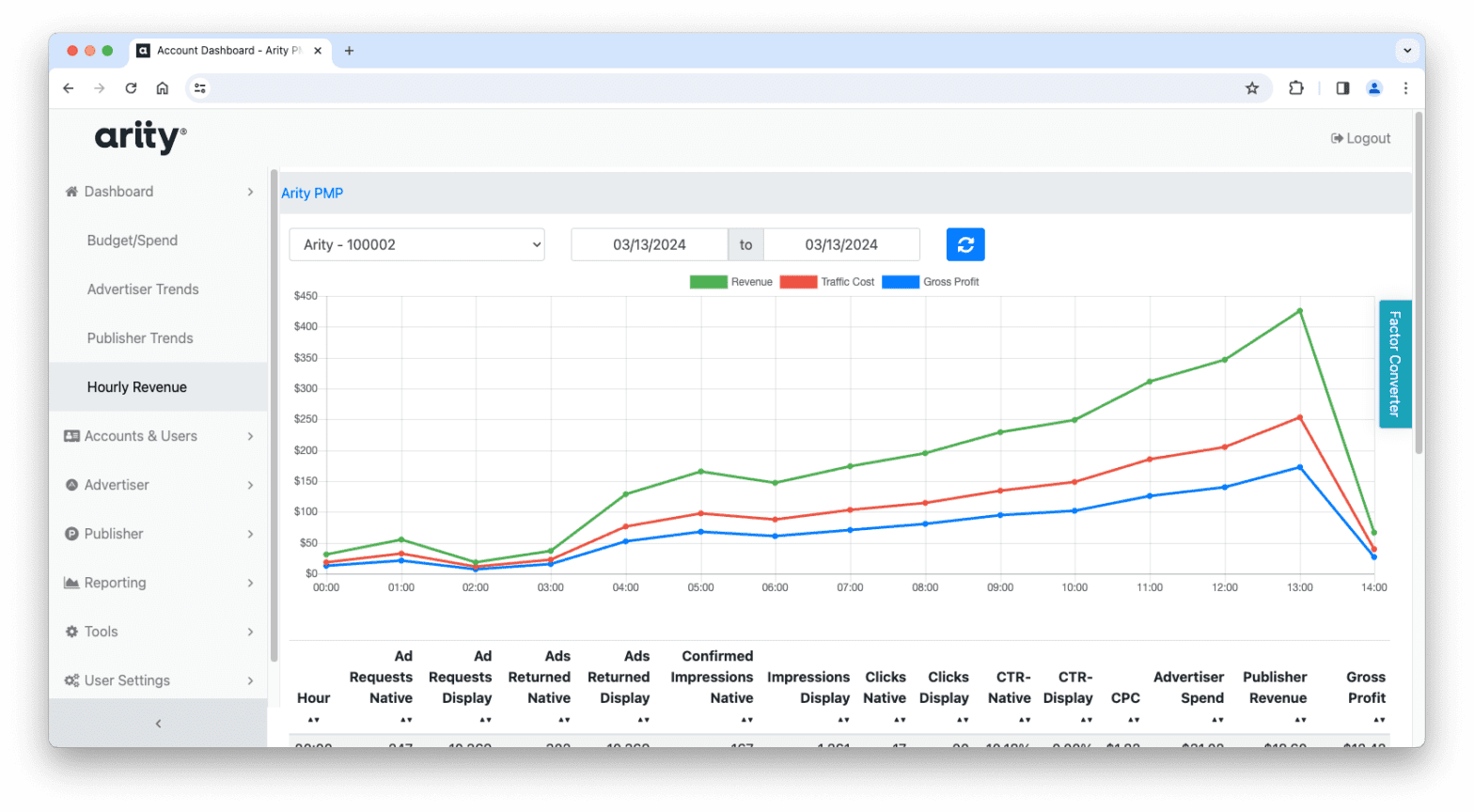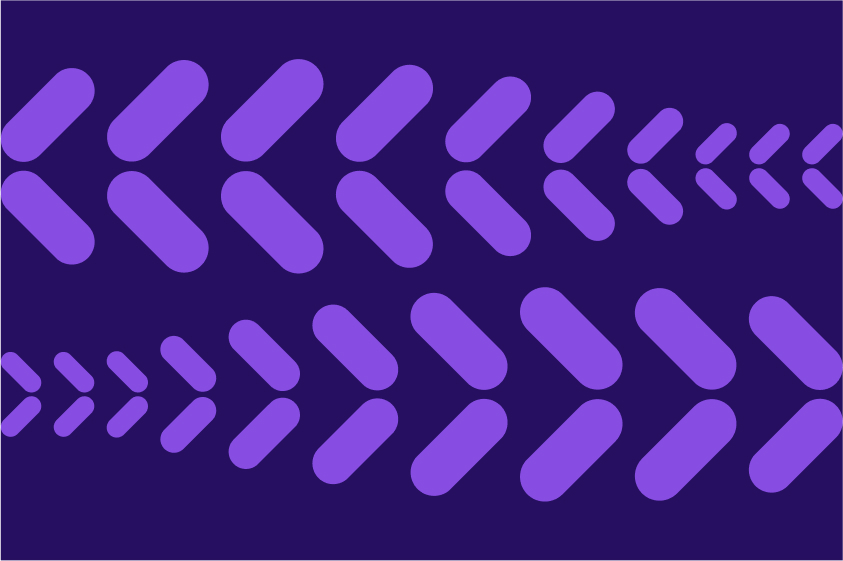It’s now the norm for insurance carriers to leverage telematics data and scoring to provide pricing discounts. In fact, each of the top 10 insurance carriers by direct written premium offer a telematics program. These programs, frequently referred to as usage-based (or behavior-based) insurance, often provide consumers a participation discount for enrolling, followed by an additional offer at renewal to reward safe driving.
But not all driving scores are created equal. Scores built without actual insurance loss data, or that don’t incorporate interactions with insurers’ existing rating variables, will not provide the same level of insights for pricing as scores that are. With the Arity Drivesight® score, you can leverage the world’s largest telematics data set tied to actual claims and insurance exposure data to connect insurance pricing more accurately to driving habits. With this vast data set, we’re able to create risk models that better predict total insurance loss, reflecting not only the frequency but also the severity of accidents.
See what Drivesight can do for your business — and dive into our most accurate prediction of driving risk yet: Drivesight® 3.0.
Navigate pricing pitfalls with Drivesight and accelerate your program ROI
Accurately scoring and pricing your customers is no simple feat — so it takes more than just any scoring model to predict the impact of previous driving behaviors on future risk. The Arity Drivesight score leverages the industry’s largest mobile telematics data set tied to actual claims, providing an unparalleled measure of driver risk. As a result, we’re uniquely positioned to help insurers overcome barriers like:
- Relying on risk proxies: proxies for accidents, such as extreme rates of deceleration, may be adequate for segmenting the highest vs. lowest-risk drivers, but these proxies are not as reliable to accurately reflect more granular segmentation. When models use a proxy for collisions instead of actual claims data, you miss out on understanding whether an accident truly occurred, a claim was filed, and the ultimate cost to the insurer. A telematics loss model that cannot accurately account for severity will result in a much larger spread in indicated relativities.
- Insufficient mobile telematics loss data: without enough loss data, derived insights can negatively impact your rating plan and ability to price profitably. To avoid inaccurate risk prediction, your insights and models should be built on hundreds of thousands of earned exposures and distinct claims — at a minimum – which can take insurers years to collect from their own customers participating in telematics offerings. Drivesight is built on the world’s largest data set tied to actual claims data, which has enabled us to build a highly accurate risk model that fits into your existing pricing structure.
- Double-counting risk: insurers know that many elements of a rating plan are correlated, such as age and marital status, and wouldn’t implement a rating variable without accounting for these correlations. Driving behaviors are no different. Driving score predictions can be correlated with other elements of your rating plan like territory and credit history. By taking traditional rating into account during our modeling process, insurers don’t need to rely solely on actuarial judgment because we avoid double-counting risk factors. As a result, driving behaviors in our score receive appropriate weights, providing the best starting point for true indicated factors.
- Lengthy filing and DOI review processes: filing new models requires significant actuarial support and back-and-forth communication with regulators in each state — which can add months to an implementation timeline. Drivesight 2.0 is already available for use in 47 states, and Drivesight 3.0 is available in 33 states and counting. Insurers can reference Arity’s approved Drivesight filings to shorten the overall integration process to get a telematics program, or new scoring model, set up quickly and running effectively.
Introducing Drivesight 3.0
At Arity, we didn’t stop at solving these scoring challenges. We used our expanding mobility data set to deliver our most accurate predictor of driving behavior yet — Drivesight 3.0.
So, why are we confident Drivesight 3.0 is the most predictive driving score in the industry?
- More telematics data tied to claims: in addition to massive amounts of mobility data collected via on-board diagnostic devices, Arity has the largest mobile telematics databases with associated insurance data in the world – and Drivesight 3.0 is based on 4x more data tied to claims than its predecessor. We’re able to reflect claims experience from vehicles across the U.S. with billions of miles driven and trips taken. This allows us to accurately predict total insurance loss, reflecting both the frequency and severity of crashes.
- Provides additional “lift” over traditional rating factors: Drivesight enables you to aggressively and accurately price both the safest and riskiest drivers. We built the Arity Drivesight score to close the pricing gap without double-counting risk. Drivesight 3.0 identifies relative risk above and beyond what is already considered in non-telematics rating plans, making it easy to layer on top of existing pricing to deliver the best prediction of driving risk.
- Tailored models to coverage: rather than treating all rating factors the same across coverages, our detailed claims data enabled us to develop separate, coverage-specific driving behavior models. This deeper level of understanding how driving behavior relates to different types of losses produces more accurate insights for bodily injury, property damage, collision, and comprehensive coverages.
Drivesight delivers the innovative and understandable features your customers need. The result? You align your telematics capabilities with your business goals.
Drivesight 2.0 vs. Drivesight 3.0
Drivesight 2.0 and Drivesight 3.0 are both highly predictive models of driving risk, so what distinguishes them?
Drivesight 2.0 tracks risk factors including:
- Time of day: relative miles driven within different risk periods throughout the day
- Sudden braking: how often a driver rapidly decelerates
- Distracted driving: how often a driver uses their phone while driving
- High speed mileage: rate of miles driven at excessive speeds
In addition to the risk factors Drivesight 2.0 monitors, Drivesight 3.0 incorporates improved and new factors like:
- Contextual speeding: rate of miles driven well above the speed limit
- Daily usage patterns: how often and how long someone drives
- Driving environment: relative miles driven in areas with a higher likelihood of being congested or a high concentration of intersections
Drivesight 3.0 was developed to emphasize the behaviors drivers have the most control over, like speeding, braking and distracted driving. This emphasis empowers drivers to have the most control over their driving scores and best promotes safe driving practices.
Additionally, Drivesight 3.0 allows insurers to customize the score by choosing which driving risk behaviors to include for their desired customer experience.
While both models provide industry-leading accuracy, Drivesight 3.0 leverages next generation driving behaviors, provides drivers with more control over their score and provides insurers the flexibility to tailor their score to fit their desired customer experience.
Join the companies already improving their loss ratios using Drivesight by better predicting risk. Contact an Arity expert.

